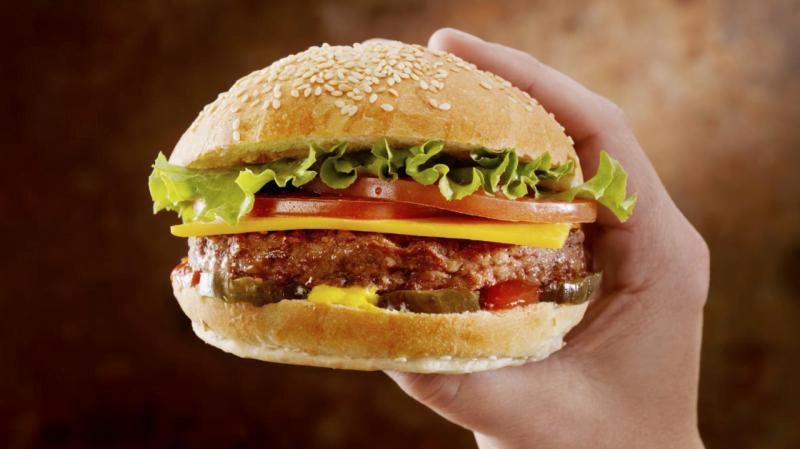The leader of one of the nation’s largest networks of independent supermarkets has observed the emergence of a “two-speed” market. In this evolving landscape, some shoppers are opting for store-brand and discounted items, while more affluent households are selecting higher-priced groceries and premium meat cuts.
The primary factors driving this division in the $135 billion supermarket industry are rising interest rates and the escalating cost of living. These economic challenges are creating a wedge between lower-income and higher-income households. Nevertheless, the overall outlook for the holiday season remains positive, as long as the Reserve Bank of Australia refrains from raising interest rates again in December.
Fred Harrison, CEO of Ritchies, which operates 79 supermarkets across Victoria, NSW, and Queensland, also expresses deep concern about the proliferation of illegal and smuggled tobacco and vaping products throughout Australia. This illicit trade has caused cigarette sales at his stores to plummet by approximately 16% in the past year.
According to Mr. Harrison, in recent months, as many as 20 tobacco and vape shops have opened near his supermarkets. This trend not only erodes sales for independent supermarkets but also results in tax revenue loss for the government. Additionally, it has triggered a surge in violence, including firebombing incidents and shootings, as organized crime groups vie for control of territories and the substantial profits available in the illegal tobacco trade.
Independent supermarkets like Ritchies tend to rely heavily on tobacco sales, and the impact of illegal tobacco and vapes has resulted in a roughly 3% decline in his stores’ overall growth, leaving store sales growing at only around 1%.
Mr. Harrison notes that despite a 4% increase in food and grocery sales at Ritchies, the tobacco segment has effectively negated any significant growth. He emphasizes that the decline in tobacco sales, especially due to illicit trade, has been substantial, with a 16% to 18% drop compared to a year ago.
Ritchies’ latest financial reports reveal a slight decrease in total sales for 2023 to $1.34 billion, with a net profit decline of around 15% to $37.6 million. Over the last decade, the company’s sales have nearly doubled. Ritchies stands as one of the largest groups of independent supermarkets in Australia and conducts its wholesale operations with Metcash, in which Metcash holds a stake of just under 30%.
Mr Harrison emphasizes that over the past year, a noticeable gap has emerged between lower-income and more affluent households, evident in the food and grocery purchases at his supermarket chains and the types of products in customers’ shopping baskets.
To address shifting consumer preferences, Ritchies recently lowered prices on 100 key grocery items to compete with discounters like Aldi. This initiative led to a 100% increase in sales for those promoted items over a four-week period.
Mr Harrison observes that consumers are increasingly seeking value, particularly in essential items, and are less inclined to purchase luxury goods. However, in some of their premium stores, which cater to a stronger demographic of retirees with disposable income, Ritchies is not witnessing the same impact. Sales remain robust, particularly in luxury food items.
He notes that shopping behaviour varies across different locations. In outer suburban stores, shoppers are inclined towards budget-friendly groceries, while in regional areas, there is a greater willingness to spend on premium items.
Mr. Harrison remains optimistic about the upcoming holiday season, but much depends on the trajectory of interest rates. He anticipates that people tend to splurge in January and then tighten their spending from February onward.
For the latest retailer news and information, check out the IndiHub website or to speak to us about how we can help your business contact us.



